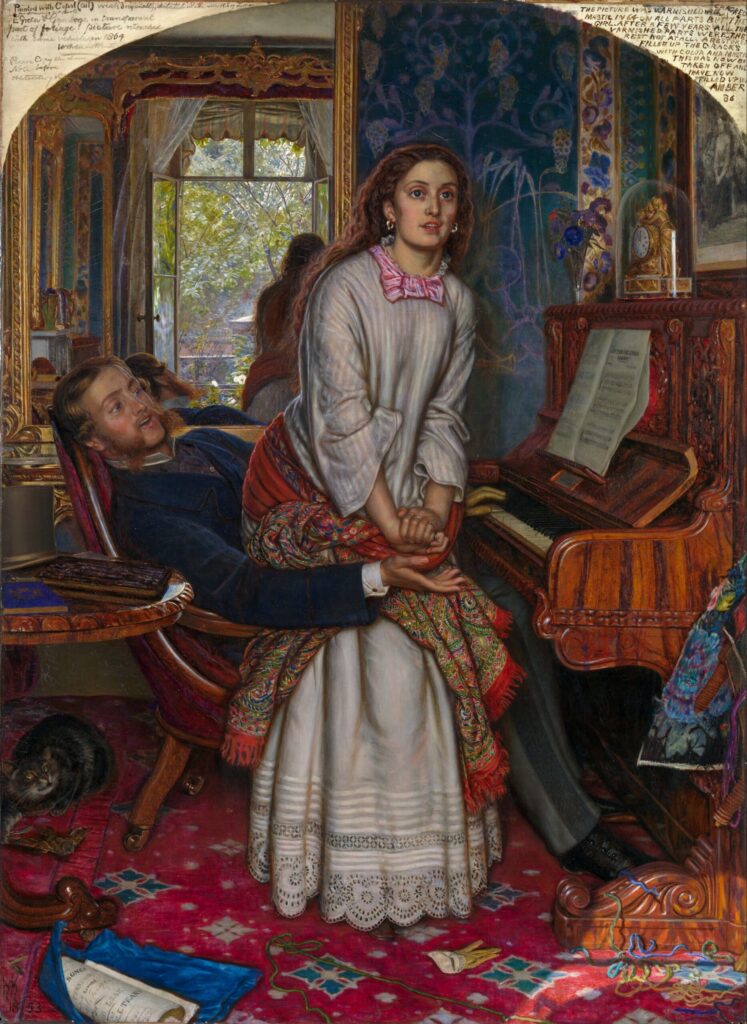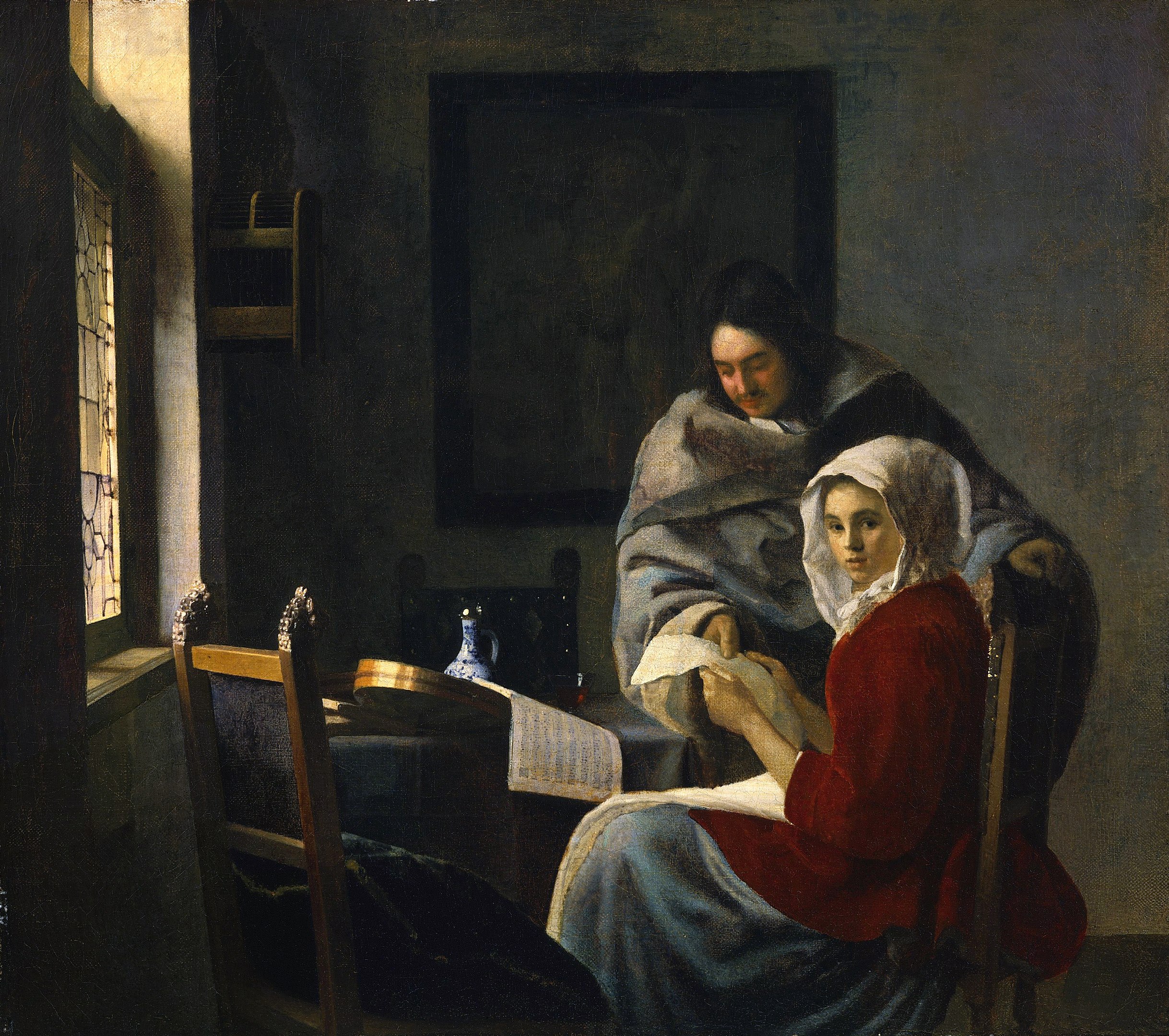Across centuries, astrologers have sought to unearth the rhythms that bind human life to the stars, yearning for a system that may narrate not merely what happens, but when meaning descends. Among the most enigmatic gifts of the ancient tradition is the technique known as Zodiacal Releasing, a system not of daily weather, but of the great seasons of the soul. Time here is not a linear path measured in days and hours, but a living current that shapes the destiny of those called to serve the Invisible. The Zodiacal Releasing of Spirit stands at the very threshold between fate and vocation, between the silence of the gods and the utterance of the Sacred word. The altar is therefore revealed not as an object, but as a participant in a drama whose stages are marked by kairos rather than the ticking of chronos.
Chapter I – From Alexandria to the Mirror: The Origins of Zodiacal Releasing
The technique of Zodiacal Releasing, like so many pearls of the Hermetic tradition, emerges from the crucible of Hellenistic Alexandria, where Greek, Egyptian, and Persian streams of wisdom converged in the early centuries of the Common Era. In the labyrinthine texts of Vettius Valens, one finds the first detailed instructions for what he called “chronocrators” or lords of time, derived from the mysterious Lots, particularly the Lot of Fortune and the Lot of Spirit. The Lot of Fortune, tied to the Moon and the body, measures what befalls the incarnate form, the tides of fate and chance. The Lot of Spirit, associated with the Sun, traces the journey of the soul as it seeks to enact its chosen work in the world.
Zodiacal Releasing was preserved only in fragments through the centuries, its method nearly lost as medieval and modern astrologers turned towards planetary transits and progressions. Yet those who kept the flame, such as translators, monastic scribes, the occasional initiate, guarded the secret: that life unfolds not simply as a chain of incidents, but as a story told in acts, each governed by its own atmosphere and tempo. To release, in this context, means to set free the latent currents of one’s destiny at precise intervals, as one may unlock a sealed room at the hour appointed.
The technique divides life into primary periods (L1), sub-periods (L2), and further levels (L3, L4), each ruled by the signs of the zodiac and their planetary stewards. Unlike transits, which reflect the weather of the moment, Zodiacal Releasing reveals the architecture, the scaffolding upon which the soul’s narrative is constructed. The altar here does not wait for random blessings; it is summoned, released, compelled to act or to retreat, depending on the sign and phase.
Chapter II – Kairos and Chronos: The Oracular Rhythm of Releasing
Modernity is obsessed with chronos, with linear time, segmented, measured, and ultimately devoured by the clock. Most techniques of astrology reflect this bias, mapping influences hour by hour, day by day. But the ancients, especially those versed in Mysteries, distinguished between chronos and kairos: the first is mere duration, the second is the opportune moment, the qualitative season when fate ripens into action.
Zodiacal Releasing is the science of kairos. It is not concerned with what happens on a Tuesday, but with when the hidden pattern within a life signals the moment for speech, for silence, for trial, or for emergence. When the Lot of Spirit is released into a fiery sign, such as Leo or Sagittarius, the altar is thrust into periods of illumination, when the voice rings out with authority and the Sacred word is demanded by the world. When the period shifts into earth or water, including Capricorn, Taurus, Pisces, the altar may be called to retreat, to test, to endure, or to purify the channel.
Consider, for example, the renowend “Loosing of the Bond,” a phase in the technique when the pattern breaks and a new act begins. These moments are seldom gentle. They often mark upheaval, spiritual crisis, or radical emergence, times when the ordinary continuity of life is ruptured so that a deeper calling can enter. The drama of the soul is staged according to these acts: kairos appears as rupture, as possibility, as divine interruption.
Whereas chronos asks, “How long until the next event?”, kairos posits “Is this the time?”. In the life of the altar, the distinction is everything. The daily grind may remain unchanged, yet beneath the surface a seismic shift prepares the channel for a new vocation, a new language, a new offering. Zodiacal Releasing is the compass that reveals these hidden tides.

A woman, caught in the hush between seduction and self-recognition, rises from her lover’s embrace with sudden clarity. Hunt arrests the precise instant of inner awakening, the moment when the tides of the soul shift and a new path becomes possible. This tableau embodies the spirit of Zodiacal Releasing: not the slow erosion of fate, but the eruption of kairos, that oracular threshold where an epoch ends and another commences. Time here is not measured by the clock, rathe by the irrevocable pivot of conscience; it is the passage from passivity to volition, as mapped by the unfolding cycles of Spirit and Fortune. In the tremor of her gesture, one glimpses the sacred architecture of timing itself.
Chapter III – Spirit and Fortune: Twin Maps of Destiny
In the practice of Zodiacal Releasing, two primary lots are set into motion: Fortune and Spirit. Each governs a different aspect of the altar’s journey. Fortune maps the terrain of the body, the accidents and opportunities, the health, wealth, and relational tides that ebb and flow according to the Moon’s ancient rulership. Spirit, by contrast, reveals the soul’s intention, the work chosen before incarnation, the impulse to create, to speak, to serve as vessel for something beyond personal ambition.
When releasing from Fortune, one watches for the periods when the body is tested, when resources are abundant or scarce, when one is rendered visible or concealed by the hand of fate. The altar may experience delight, suffering, material change, each phase marking a different season of embodiment. It is the world’s answer to the soul’s question: “What am I allowed to enact, and at what cost?”
When releasing from Spirit, the altar discovers the timing of the inner vocation: when the conduit is open, when the word is sealed, when the call to service becomes overwhelming or withdraws entirely. This map is subtler, yet for the oracular soul it is decisive. It is not enough to wish for speech; the current must be released. The altar learns humility: it is not always the season for prophecy, action, manifestation. There are cycles of withdrawal, of silence, of incubation, each as necessary as the seasons of splendour.
The interplay of Fortune and Spirit creates the tension at the heart of every true offering. When the cycles align, when both Spirit and Fortune enter phases of culmination, one finds the kairos of manifestation: a window opens in both world and soul, and what is spoken becomes real, what is desired becomes incarnate. Yet, when they are out of phase, the altar must learn patience. The word may be ripe, but the world is barren; or the world may call, but the channel is closed. Only the wisdom born of watching both tides allows the altar to serve faithfully, to endure the seasons of obscurity as well as those of revelation.
Chapter IV – The Architecture of Periods: The Four Levels of Releasing
Zodiacal Releasing is not merely a sequence of vague tides but a precise architecture of time, composed of four main nested levels: L1, L2, L3, and L4. Each corresponds to a different scale of experience, together composing a symphony of cycles that echo through the altar’s life. The primary period, L1, marks the overarching season, often lasting years or even decades, and is governed by the sign activated from the chosen Lot (Spirit or Fortune). This is the “era” of the soul’s story, shaping the principal themes that define a long chapter, be it an age of voice, of withdrawal, of trial, or of consummation.
Within each L1 period, sub-periods (L2) unfold, often lasting months to years. These bring subtle shifts in tone and texture, like movements within a symphony. L2 periods reveal when the main theme is elaborated, challenged, or interrupted. As one moves deeper, L3 and L4 offer still more granularity, sometimes spanning mere weeks or days. It is here that the immediate flavour of experience is tasted: a sudden trial, a brief window of inspiration, an unforeseen closure or revelation. Each level is ruled by the sequence of planetary periods, following the unique order set forth by the tradition. In this way, the signature of each era is never random, but patterned by cosmic law.
The beauty of this structure lies in its interactivity. A serene L1 may be suddenly shaken by a dramatic L2; a challenging L1 may hide pockets of grace in L3 or L4. One may, for instance, pass through a long L1 in Capricorn, a time of toil and patience, only to encounter, within it, a golden L2 of Leo, where the voice is suddenly invited to resound. Conversely, a climactic L1 of Sagittarius may contain a sobering L3 of Virgo, demanding refinement amidst celebration. This interplay ensures that no phase is monolithic; each contains the seeds of its opposite, and the altar is constantly invited to read the signs within signs.
Duration is not arbitrary but dictated by the ancient system: each sign, depending on its planetary rulership, bestows a specific number of years, months, or days to its period. Leo, for example, brings nineteen years; Taurus, eight; Gemini, twenty. The cycles flow in an order unique to the native, echoing the spiral of fate rather than a mere straight line. This multiplicity of scales offers the altar both long vistas and sudden turns. To master Zodiacal Releasing is to move with agility through these nested gates, to sense when an epoch is ending, when a brief storm is passing, and when the next window of kairos is about to open.
Conclusion
To engage with Zodiacal Releasing is to submit to a higher order of time, one that laughs at the tyranny of clocks and calendars. In this system, the altar becomes a participant in the mystery of timing: the body and the soul each have their own itinerary, their own gates of release, their own times for speech and for silence. The art is to read both maps, to live not only by the urgency of chronos but by the summons of kairos.
Within the Mirror, the technique stands as a reminder that oracular life is not a series of disconnected episodes, but a tapestry woven in the loom of the stars. It is the difference between wandering in darkness and navigating by constellations. Zodiacal Releasing offers not prediction, but participation, a way to be present at the appointed hour, to meet fate with readiness, and to let the Sacred Verbum arise when the current is truly released. In a world ruled by the noise of the urgent, this is the rarest privilege: to live, serve, and speak in the time of the soul.
